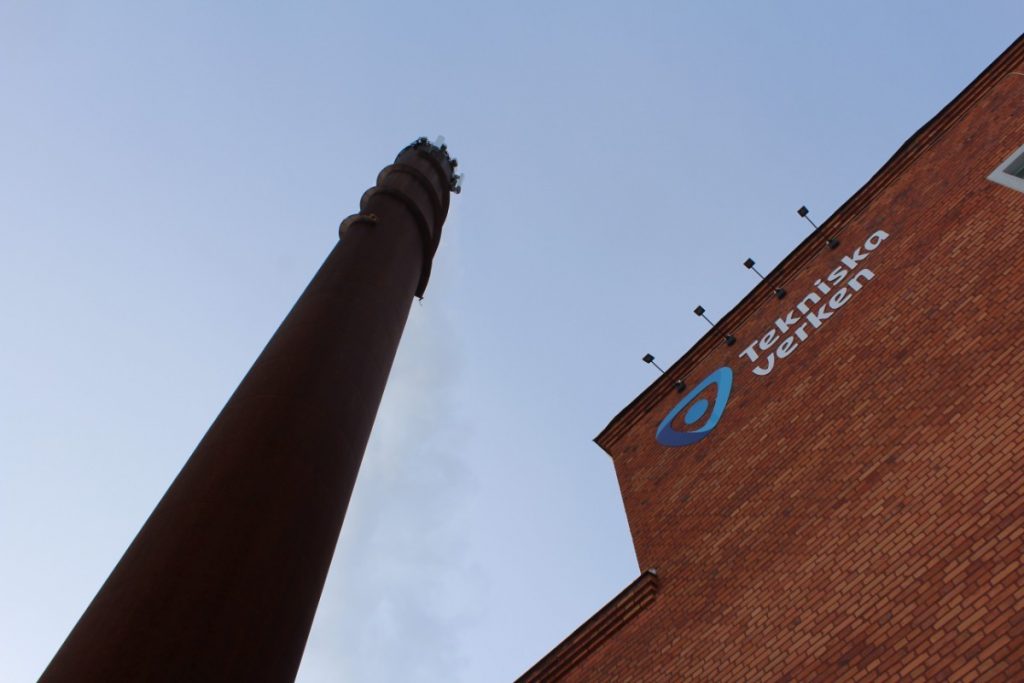There are also many indications that this plan is being taken seriously, for example an assessment was conducted at the end of 2019, “Linköping carbon neutral 2025”, municipality of Linköping 2019. The report cites the target “Carbon neutrality means Linköping does not add any second net. Carbon dioxide to the atmosphere. “
To follow up on this, I read Tekniska verken’s Climate Accounts 2020 (Posted 21/4 on Tekniska verken). There, the climate impact was reported to the Swedish Technical Agency as minus 696,600 tons of CO2e per year.
It is not easy to interpret this financial statement for the average person, but here I try to provide some examples of how the calculation is.
When it comes to heating areas, you have the following logic. District heating is primarily created through renewable waste (such as wood) that does not lead to climate change (which is extremely doubtful in light of the hot spring debate over biofuels).
District heating is replacing alternative heating of city properties, which can cause CO2 emissions without district heating. According to the intended alternative heating methods, heat pumps, direct methods and other popular methods are used in Sweden.
These aim to use electricity from the Northern European electricity system (i.e. not Swedish fossil-free electricity), where elusive emissions of 200,000 tons of CO2-equivalent can be calculated.
In the same way, Tekniska verken electricity production is processed from cogeneration of power, hydropower and wind power. It is meant to replace the electricity from the northern European electricity system, avoiding the emissions of around 300,000 tons of carbon dioxide equivalent.
In district heating production, waste is largely used as fuel, including waste imported from the United Kingdom. If this waste were instead deposited in the UK, it would lead to methane emissions.
The projected methane emissions will then be avoided. These emissions which have been avoided by burning technical waste will then be avoided. Now only a portion of the garbage is from Great Britain, but if the artwork does not burn the rest of the trash, someone else will, and then they will not be able to burn the trash from Great Britain.
Therefore, Tekniska verken believes that all waste incineration leads to a reduction in methane emissions corresponding to landfill in the UK (not entirely simple logic, but that’s how I understood the report). In this way, emissions of 420,000 tons of CO2 equivalent are avoided.
It goes on that. Can we really save the climate with these acrobatic arithmetic exercises? Linköping’s artworks are in many ways good at running their businesses in a climate-smart way, but why exaggerate their efforts with creative accounting?
It would be more honest and climate-smart to simply report the amount of total emissions caused by burning artwork, regardless of whether the burning of garbage in general, of plastic or foil, because all incineration causes CO2 emissions. Instead of spreading the imagined emissions avoided, one must think of how to heat our city without burning it.

“Extreme tv maven. Beer fanatic. Friendly bacon fan. Communicator. Wannabe travel expert.”







More Stories
Brexit brings economic uncertainty – Finland worst hit in the long run – Hufvudstadsbladet
Britain wants closer ties with the European Union.
Britain may already be out of recession